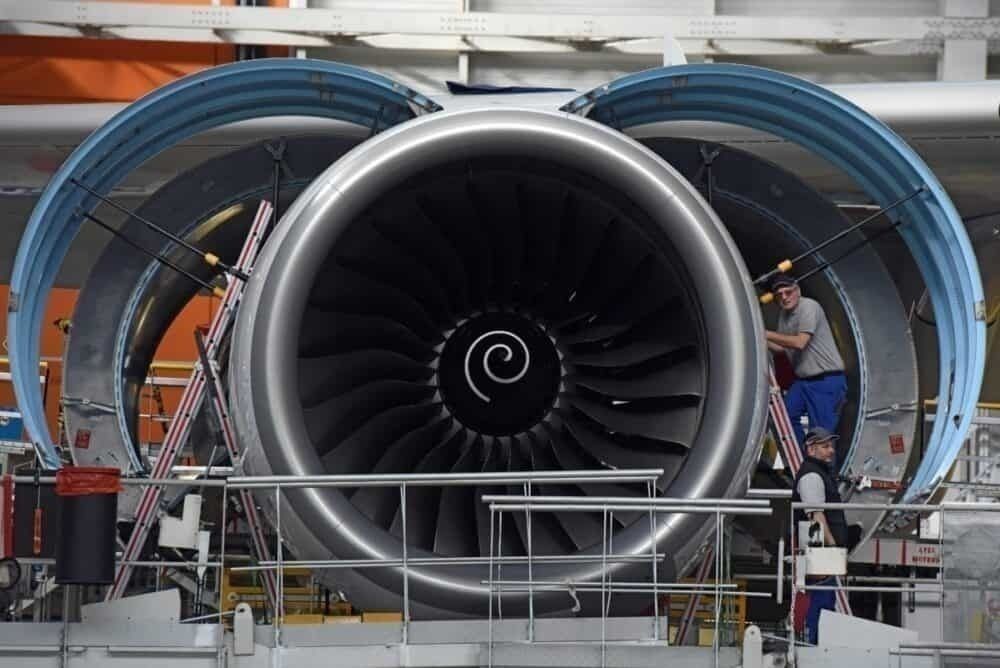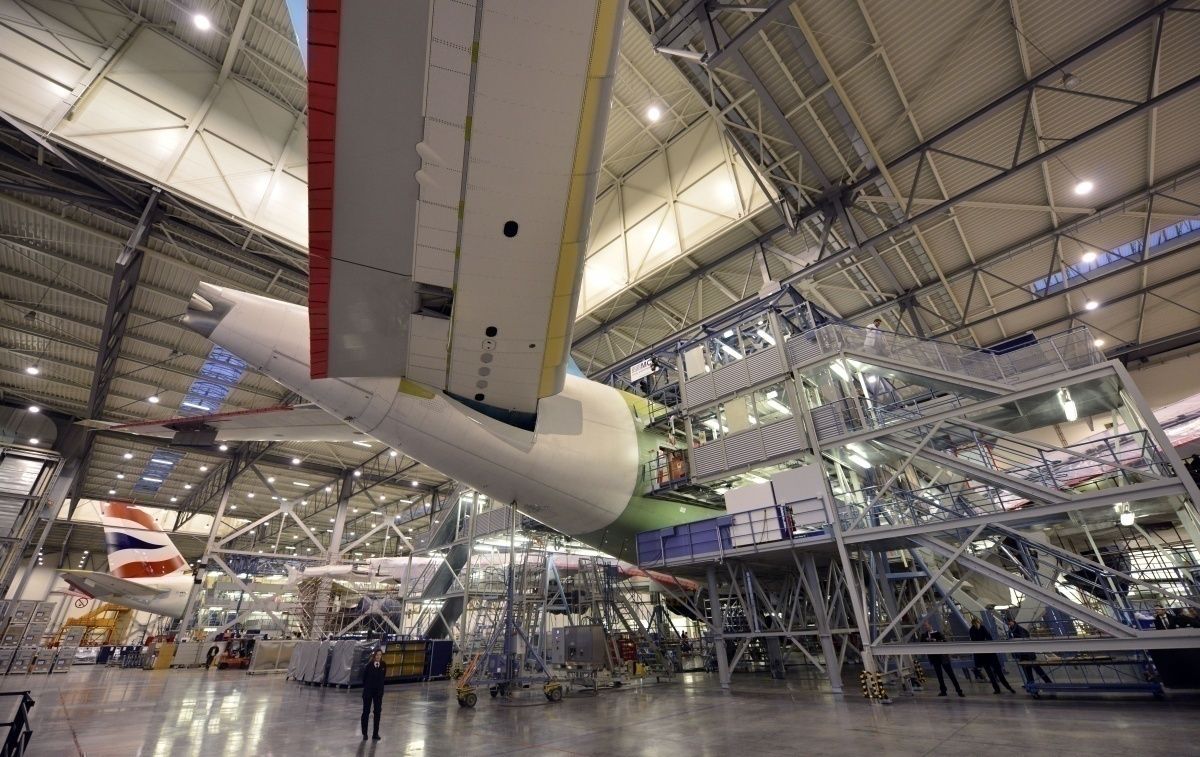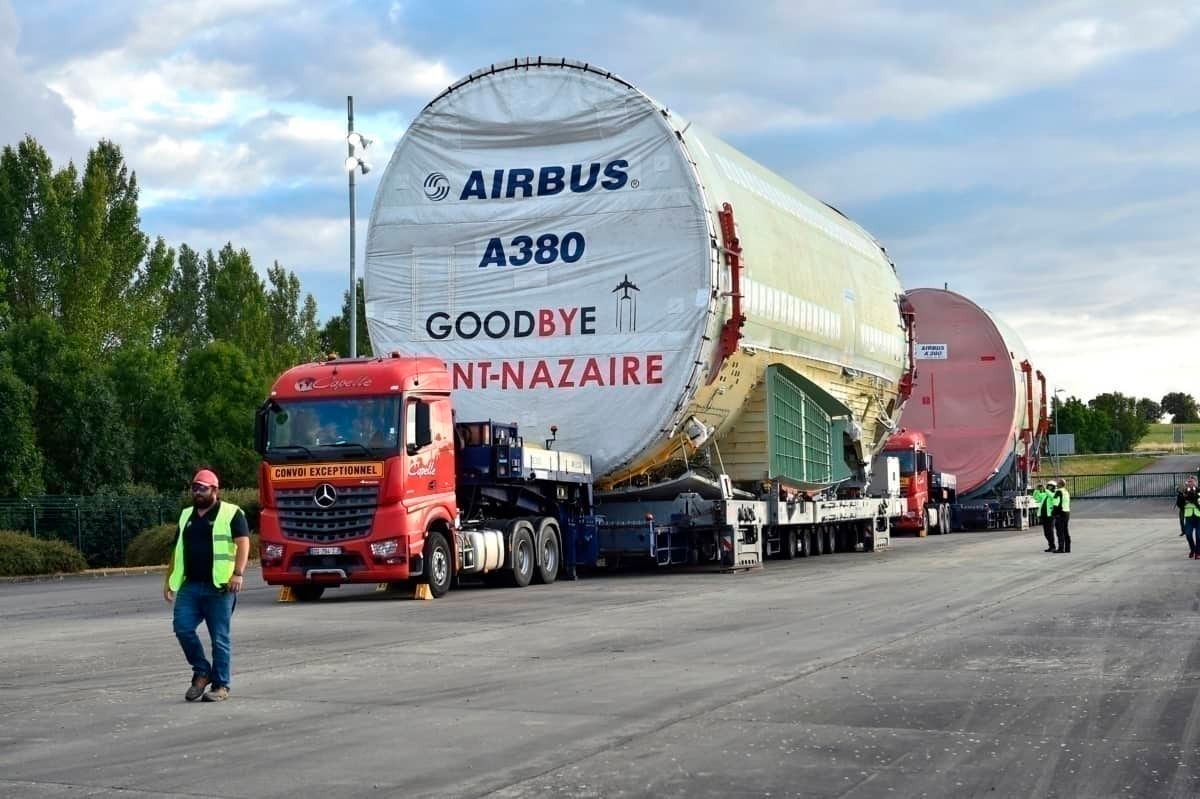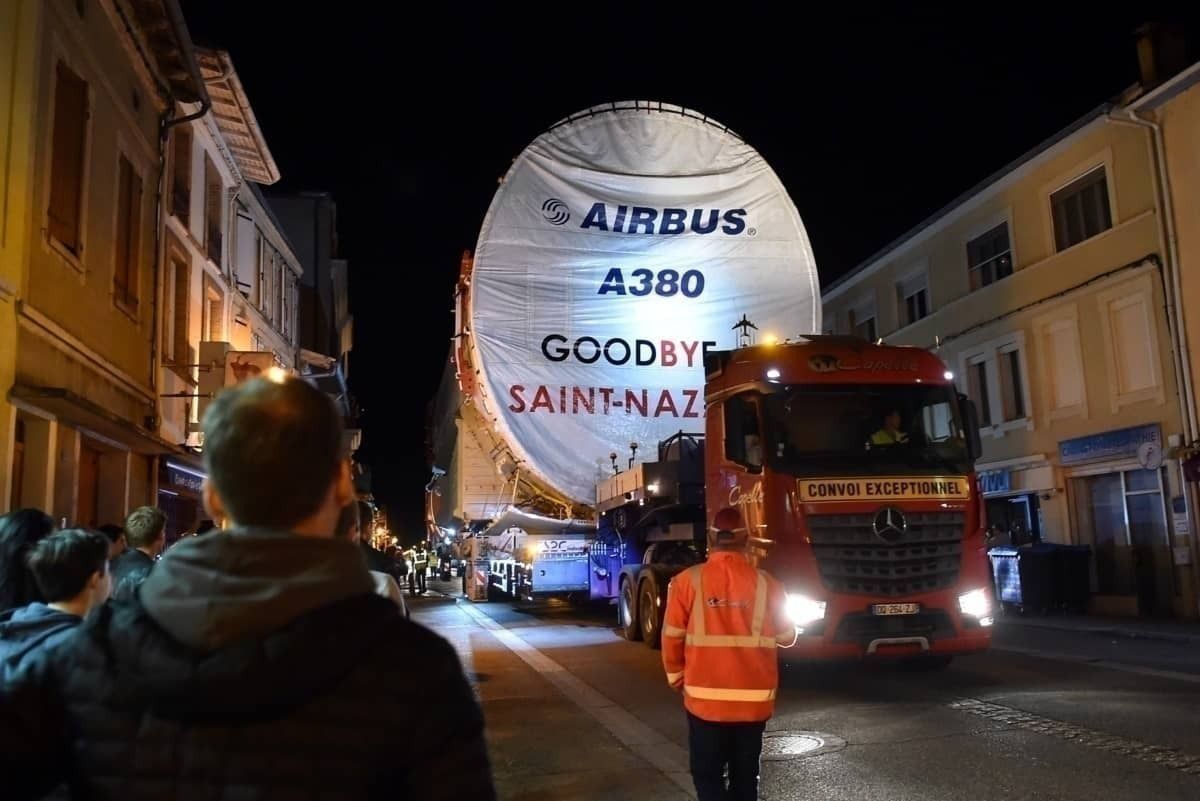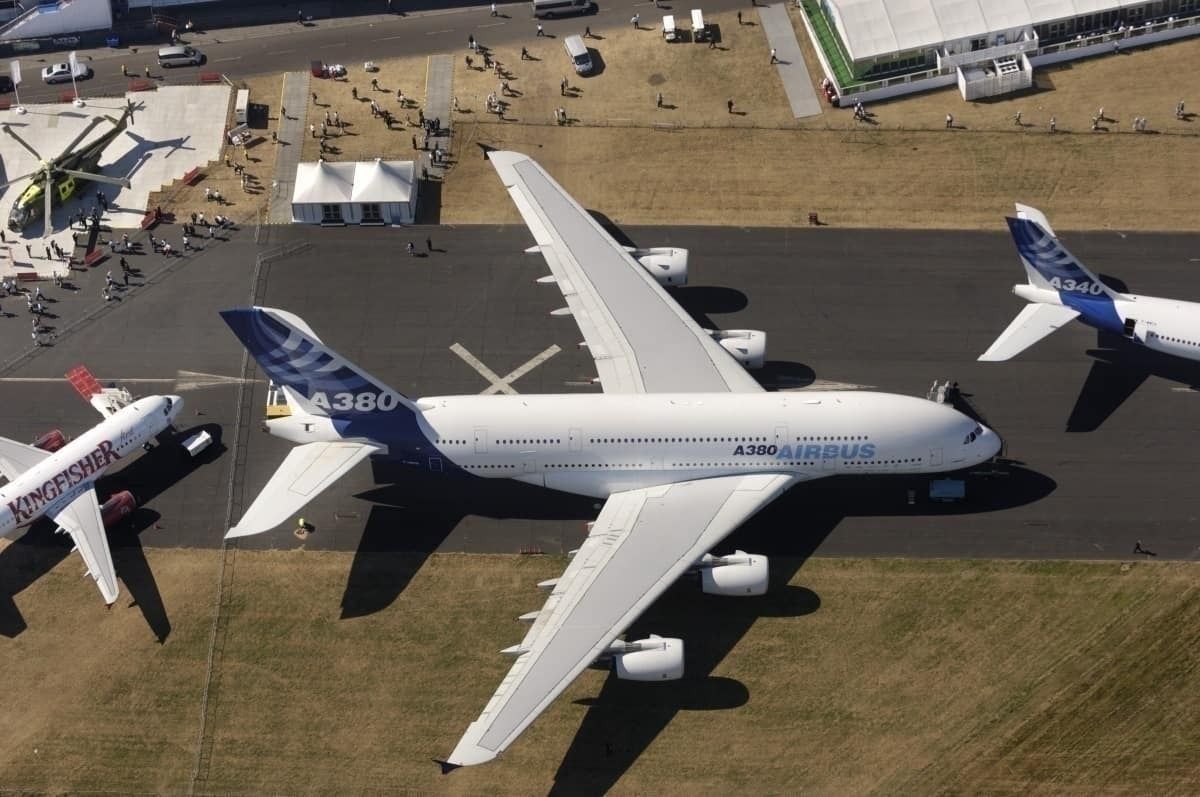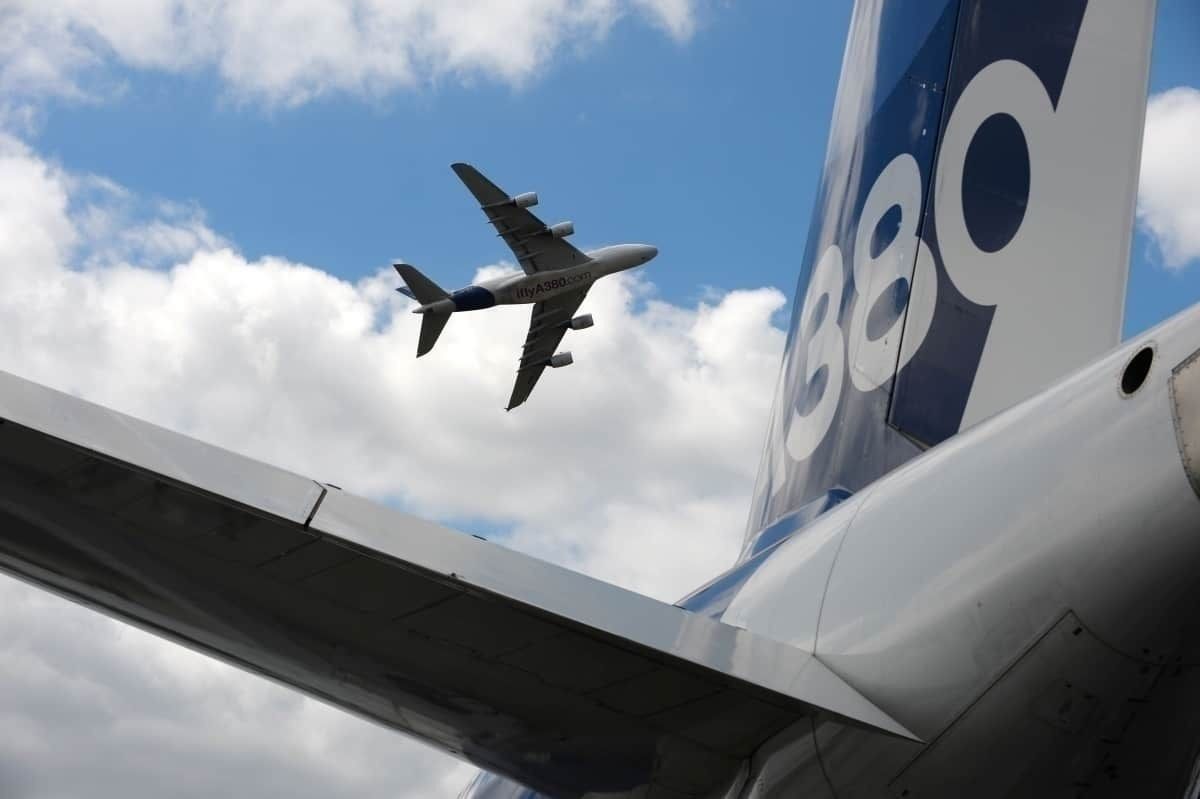From manufacturing individual parts, transportation, and final assembly, there is no denying that the A380 is a victory in engineering and strategy. As Airbus gets ready to assemble its last A380, we take a look back at how the jumbo-jet is built.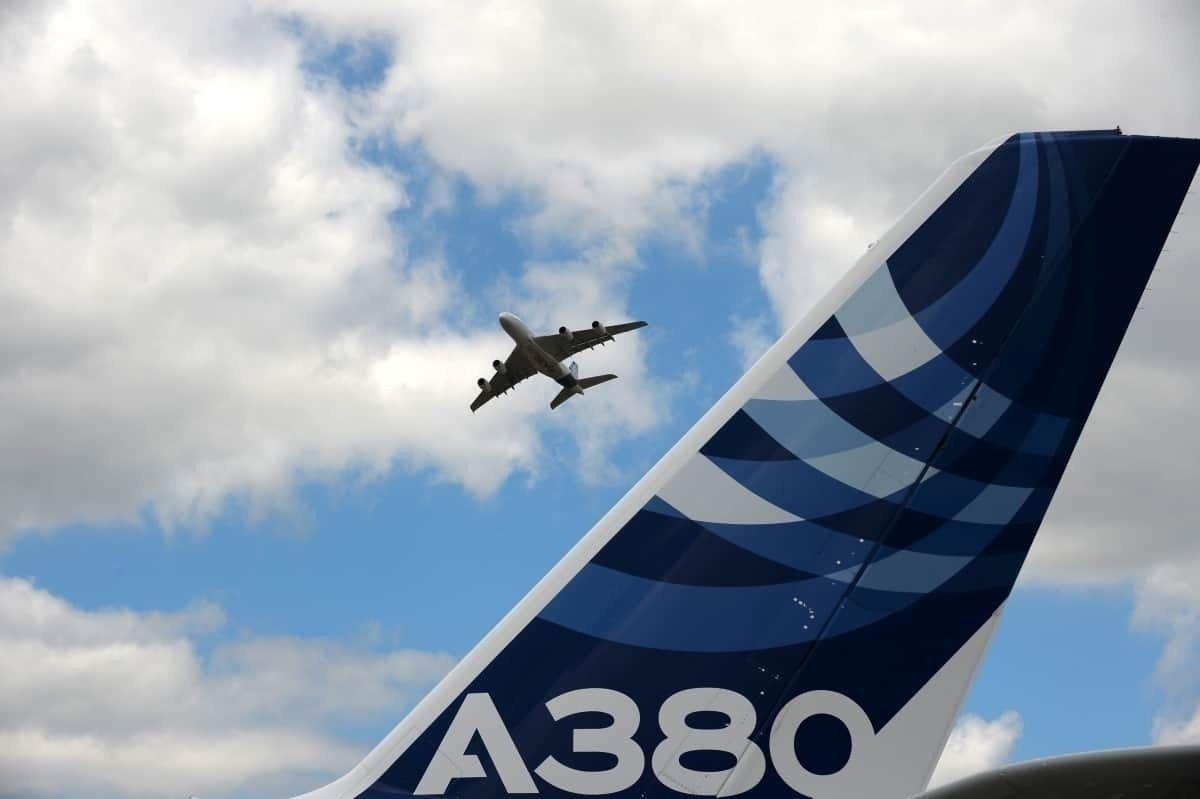
Final A380 heads to assembly
This week has marked a momentous, if not a somber week for Airbus as its final A380 heads for production. Earlier today, we reported on the delivery of the last A380 fuselage to its final assembly in Toulouse.
For many years, it's been a regular sight for residents in 21 small French towns and villages who have watched A380 fuselage pass in front of their windows on the way to assembly. As of today, however, that will all change, but we're not ready to let go just yet!
The A380 will always remain a significant addition to the aviation industry's history despite its brevity. The engineering and manufacturing of the aircraft presented somewhat of a logistical feat for Airbus. It will be a while before we forget just how much effort and man-power has gone into creating these jumbo-jets.
So, let's take a look back at how Airbus has been making its A380s for the past 20 years.
Stay informed: Sign up for our daily aviation news digest.
What makes up the A380?
Believe it or not, the A380 is made up of four million individual parts and requires an enormous workforce on its assembly line. From larger sections of the fuselage to rivets, some 1,500 companies in 30 countries are involved in parts processing.
Not all sections of Airbus' A380 start out life in France. To maximize resources and get the aircraft built in the most timely fashion, individual parts of the A380 are manufactured simultaneously abroad.
Airbus has plants in France, Germany, Spain, and the UK that manufacture the larger sections of the A380. These include:
- the main fuselage;
- the vertical tailplane;
- horizontal tailplanes; and
- the wings.
The nose and center sections of the fuselage are built in Saint-Nazaire in France in Northwestern France, close to Nantes. Airbus employes around 3,000 staff here where staff carries out assembly, painting, equipment installation, and testing.
The rear fuselage section is manufactured, alongside the A380's vertical tail fin, in Hamburg, where 12,000 employees work. A380 wings are built in Broughton, north Wales, and the horizontal tail fins in Cadiz, Spain.
Transportation of individual parts
While manufacturing individual parts aboard may make sense for time constraints, the logistical planning required for the delivery of these parts requires a well-coordinated approach. Airbus' Oversize Surface Transportation Manager undertakes the distribution of each main section of the A380.
All parts must make the journey from their plants to the Final Assembly Line in Toulouse. The journey for many will be conducted by boat to reach a floating dock in Pauillac, France. To complete the trip, Airbus owns three specifically-designed 'ro-ro' boats (or roll-on-roll-off boats), which are designed to carry the A380 parts safely. Once the parts reach Pauillac, they must then be transported to Langon.
If you've ever found yourself in the right French town at the right time, you may have seen barges transporting A380 sections down France's canals. It's the easiest and most efficient way for them to get there.
However, there is one aircraft part that doesn't go via boat. Airbus' Beluga aircraft is large enough to transport the vertical tail fin from Hamburg to Toulouse.
Final assemblage
Once the parts arrive in Langon, they must be driven through 21 French villages to arrive in Toulouse. The trip is completed at night by truck over two days to avoid disruption to residents.
Interestingly, when choosing this route, Airbus initially came into a few problems. It realized that the road needed updating to accommodate the trucks. As a result, Airbus worked with French authorities to upgrade the road, paying more than $105m to widen the way and plant more trees. It shows that even on a local level, the A380 made an impact.
The A380 is now at its final destination and needs assembling. To make this happen, 1,300 employees work over ten or eleven days to assemble the aircraft. This work-rate means that Airbus can manufacture two complete A380s per month.
Assembly works like this...
What parts go where?
In the first part of the assembly process, the three main sections of the fuselage are joined together. The method uses around 19,000 rivets to complete. Once this is done, the wings are attached and then the vertical and horizontal stabilizers.
Next, the landing gear is attached to the mainframe. It is only then that the A380 is moved. The newly-constructed A380 is towed for electrical and hydraulic testing. Once everything looks as it should, only then Airbus will attach its engines. Due to the cost of the engines, Airbus is reluctant to install them any earlier than absolutely necessary.
The final stage of the A380 creation is testing the aircraft.
What's wrong with the A380?
As you can see, perfecting the A380 is a bit of an art form. Yet, despite all the hard work that goes into making the aircraft, interest is waning, and in recent months, many airlines have taken their A380 fleets into early retirement.
So, what's wrong with the A380?
Well, it's nothing to do with its construction but more to do with the market suitability. A380s are giant, meaning that they're expensive to run and maintain. What's more, due to their size, not every airport in the world can handle the jumbo jet. It's the reason why, in the current climate, the A380 is becoming a much less desirable asset.
That said, some airlines like HiFly rely on the aircraft. The A380's final production will be sad. What did you think of the A380?
Will you be sad to see it go? Let us know your thoughts in the comments.Â


